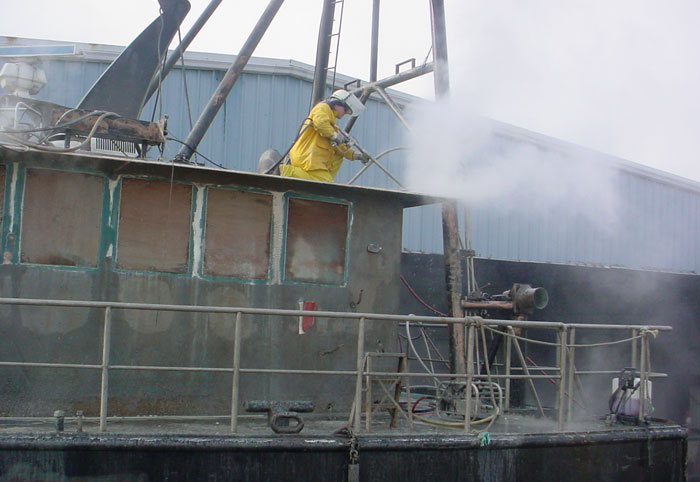Manual Scrubbing
This process has been used on both pressurized water reactors (PWR) and boiling water reactors (BWR).
Typically, the gross activity is flushed to a low point or lower cavity using hoses (fire and garden varieties), water brooms, and squeegees. The area is then cleaned using scrub brushes on a handle, mops, and commercial floor buffers. Walls are decontaminated using scrub brushes or pads to a predetermined height that varies from 6 to 8 feet from the floor to the entire wall and fixtures. Person-baskets suspended from overhead cranes are the most frequently used device for high vertical surfaces.
Manual Scrubbing Advantages
- Inexpensive equipment and supplies relative to other options.
- Project cost is low but is dependent on required labor.
- Minimal training requirements.
- Extensive industry experience.
- Less prone to equipment failures, (hydrolyser, water supply, others).




